The Blog
Stretching – 3 ways

What is stretching?
When it comes to stretching, you’re likely thinking there’s only one way to stretch and that’s by holding a stretch until you feel a slight pulling sensation in the muscle. However, there are actually 3 different types of stretching being static, dynamic and proprioceptive neuromuscular facilitation (PNF) stretching. Let’s break each of the different types down.
Static stretching
Static stretching is holding a position until you feel a gentle stretch which results in lengthening of the muscle when held for an appropriate amount of time, with current evidence suggesting 15 – 30 seconds being sufficient to increase flexibility. This is likely the one you’re most familiar with. Static stretching may be performed before a workout however should less than 1 min. As static stretching for more than this has been shown to significantly reduce your exercise performance. A better alternative to static stretching before a workout is dynamic stretching.
Dynamic stretching
Dynamic stretching has less emphasis on holding a stretch position but rather involves controlled movements throughout range to increase: body temperature, energy production and muscle response to exercise. Therefore, dynamic stretching should be chosen over static stretching when preforming your warm-up routine. An example of this would be swinging your leg back and forth in a controlled manner before a run.
BEFORE A WORKOUT TO WARM UP THE BODY AND IMPROVE YOUR MUSCLE’S RESPONSE TO EXERCISE……. STATIC STRETCH OR PNF STRETCH AFTER A WORKOUT TO LOOSEN UP THE MUSCLES AND TO INCREASE YOUR FLEXIBILITY!!!
Proprioceptive neuromuscular facilitation (PNF) stretching
PNF stretching is a stretching cycle consisting of 2 components. First phase being a static stretch which is followed by the second phase of muscle activation without movement of the muscle being stretched. Take your muscle into a gentle stretch and hold it for 15 – 30 seconds. Then gently contract/activate the muscle in the stretch position by pushing in the opposite direction as the stretch either against a wall, exercise band or a partner so you don’t move. Repeat 3 times. PNF stretching consists of deep stretching so it should be reserved for after a workout if you want to be performing your best.
